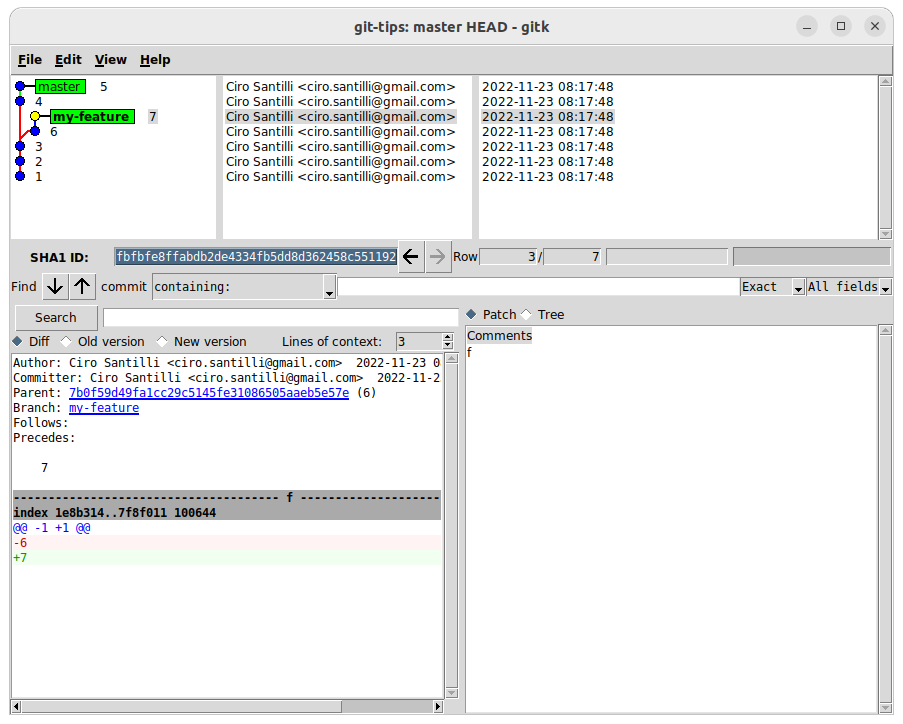It is interpreted. It actually implements a Python (-like ?) interpreter that can run on a microcontroller. See e.g.: Compile MicroPython code for Micro Bit locally.
JavaScript CPU microarchitecture simulator by  Ciro Santilli 35 Updated 2025-04-24 +Created 1970-01-01
Ciro Santilli 35 Updated 2025-04-24 +Created 1970-01-01
It basically replaces a bunch of discrete digital components with a single chip. So you don't have to wire things manually.
Particularly fundamental if you would be putting those chips up a thousand cell towers for signal processing, and ever felt the need to reprogram them! Resoldering would be fun, would it? So you just do a over the wire update of everything.
Vs a microcontroller: same reason why you would want to use discrete components: speed. Especially when you want to do a bunch of things in parallel fast.
One limitation is that it only handles digital electronics: electronics.stackexchange.com/questions/25525/are-there-any-analog-fpgas There are some analog analogs, but they are much more restricted due to signal loss, which is exactly what digital electronics is very good at mitigating.
The History of the FPGA by Asianometry (2022)
Source. - github.com/ekondis/mixbench GPL
- github.com/ProjectPhysX/OpenCL-Benchmark custom non-commercial, non-military license
Tested on Ubuntu 23.10 with P14s:TODO fails with:
sudo apt install hipcc
git clone https://github.com/ROCm/HIP-Examples
cd HIP-Examples/HIP-Examples-Applications/HelloWorld
make/bin/hipcc -g -c -o HelloWorld.o HelloWorld.cpp
clang: error: cannot find ROCm device library for gfx1103; provide its path via '--rocm-path' or '--rocm-device-lib-path', or pass '-nogpulib' to build without ROCm device library
make: *** [<builtin>: HelloWorld.o] Error 1See also: Ciro Santilli's minor projects.
Git tips But which commit from master did we conflict with exactly? by  Ciro Santilli 35 Updated 2025-04-24 +Created 1970-01-01
Ciro Santilli 35 Updated 2025-04-24 +Created 1970-01-01
git rebase does not tell you that, and that sucks.We only know which commit from the feature branch caused the problem.
Generally we can guess or it is not needed, but
imerge does look promising: stackoverflow.com/questions/18162930/how-can-i-find-out-which-git-commits-cause-conflicts Pinned article: ourbigbook/introduction-to-the-ourbigbook-project
Welcome to the OurBigBook Project! Our goal is to create the perfect publishing platform for STEM subjects, and get university-level students to write the best free STEM tutorials ever.
Everyone is welcome to create an account and play with the site: ourbigbook.com/go/register. We belive that students themselves can write amazing tutorials, but teachers are welcome too. You can write about anything you want, it doesn't have to be STEM or even educational. Silly test content is very welcome and you won't be penalized in any way. Just keep it legal!
Intro to OurBigBook
. Source. We have two killer features:
- topics: topics group articles by different users with the same title, e.g. here is the topic for the "Fundamental Theorem of Calculus" ourbigbook.com/go/topic/fundamental-theorem-of-calculusArticles of different users are sorted by upvote within each article page. This feature is a bit like:
- a Wikipedia where each user can have their own version of each article
- a Q&A website like Stack Overflow, where multiple people can give their views on a given topic, and the best ones are sorted by upvote. Except you don't need to wait for someone to ask first, and any topic goes, no matter how narrow or broad
This feature makes it possible for readers to find better explanations of any topic created by other writers. And it allows writers to create an explanation in a place that readers might actually find it.Figure 1. Screenshot of the "Derivative" topic page. View it live at: ourbigbook.com/go/topic/derivativeVideo 2. OurBigBook Web topics demo. Source. - local editing: you can store all your personal knowledge base content locally in a plaintext markup format that can be edited locally and published either:This way you can be sure that even if OurBigBook.com were to go down one day (which we have no plans to do as it is quite cheap to host!), your content will still be perfectly readable as a static site.
- to OurBigBook.com to get awesome multi-user features like topics and likes
- as HTML files to a static website, which you can host yourself for free on many external providers like GitHub Pages, and remain in full control
Figure 2. You can publish local OurBigBook lightweight markup files to either OurBigBook.com or as a static website.Figure 3. Visual Studio Code extension installation.Figure 5. . You can also edit articles on the Web editor without installing anything locally. Video 3. Edit locally and publish demo. Source. This shows editing OurBigBook Markup and publishing it using the Visual Studio Code extension. - Infinitely deep tables of contents:
All our software is open source and hosted at: github.com/ourbigbook/ourbigbook
Further documentation can be found at: docs.ourbigbook.com
Feel free to reach our to us for any help or suggestions: docs.ourbigbook.com/#contact







